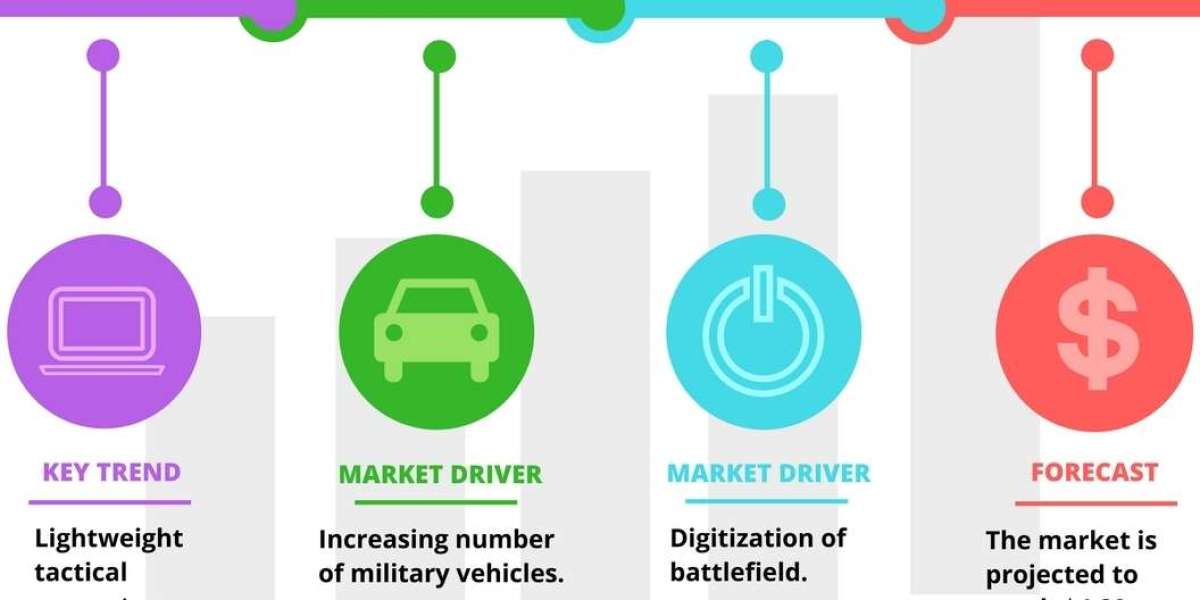Customer loyalty programs is more important than ever in the cutthroat corporate world of today. Businesses are always looking for new and creative ways to draw in and keep customers since consumers have so many options at their disposal. Establishing a customer loyalty program is one extremely successful tactic for building client loyalty. In addition to encouraging recurring business, these initiatives foster a feeling of gratitude and connection between companies and their clients.
What Are Customer Loyalty Programs?
Customer loyalty programs, also known as rewards programs or loyalty schemes, are structured marketing strategies designed to encourage customers to continue shopping at or using the services of a business. These programs typically reward customers with points, discounts, free merchandise, or other incentives in exchange for their continued patronage.
Why Are Customer Loyalty Programs Important?
Customer loyalty programs offer a multitude of benefits for both businesses and customers. For businesses, these programs can:
Increase customer retention:
By offering rewards and incentives, businesses can encourage customers to continue patronizing their brand rather than switching to a competitor.
Drive repeat purchases:
Loyalty programs incentivize customers to make repeat purchases in order to earn rewards or maintain their status within the program.
Foster brand advocacy:
Satisfied customers who participate in loyalty programs are more likely to recommend the brand to others, leading to increased word-of-mouth marketing and brand advocacy.
Gather valuable customer data:
Loyalty programs provide businesses with valuable insights into customer behavior, preferences, and purchasing patterns, which can be used to inform marketing strategies and improve overall customer experience.

For customers, loyalty programs offer:
Value and savings:
Customers can enjoy discounts, freebies, and other rewards simply by participating in the loyalty program and continuing to support the brand.
Personalized rewards:
Many loyalty programs offer personalized rewards based on individual customer preferences and purchase history, making the rewards more relevant and appealing to each customer.
Exclusive perks:
Loyalty program members often gain access to exclusive perks such as early access to sales, special events, or VIP treatment, enhancing their overall shopping experience.
Recognition and appreciation:
Loyalty programs allow businesses to show appreciation for their customers' support and loyalty, fostering a sense of belonging and connection to the brand.
Types of Customer Loyalty Programs
There are several types of customer loyalty programs, each with its own unique features and benefits. Some of the most common types include:
Points-based programs:
Customers earn points for each purchase they make, which can be redeemed for discounts, free merchandise, or other rewards.
Tiered programs:
Loyalty programs with tiered structures offer increasingly valuable rewards as customers reach higher levels or tiers within the program.
Punch card programs:
Customers receive a stamp or punch for each purchase, and after a certain number of purchases, they earn a free reward or discount.
Cashback programs:
Customers earn a percentage of their purchase amount back in the form of cashback or store credit.
Coalition programs:
Multiple businesses partner together to offer a joint loyalty program, allowing customers to earn and redeem rewards across multiple brands.
Subscription programs: Customers pay a recurring fee to access exclusive perks, discounts, or freebies on a regular basis.

How to Implement a Customer Loyalty Program
Implementing a successful customer loyalty program requires careful planning and execution. Here are some steps to consider:
Set clear objectives:
Before launching a loyalty program, identify your goals and objectives. Do you want to increase customer retention, drive repeat purchases, or gather valuable customer data? Having clear objectives will help guide your program design and measure its success.
Understand your target audience:
Tailor your loyalty program to the preferences and needs of your target audience. Consider factors such as demographics, shopping behavior, and purchasing preferences when designing your program.
Choose the right rewards:
Select rewards that are attractive and valuable to your customers. Whether it's discounts, free merchandise, or exclusive perks, make sure your rewards are compelling enough to incentivize participation in the program.
Determine the program structure:
Decide on the structure of your loyalty program, including how customers will earn points or rewards, how they can redeem them, and any tiered or membership levels you may offer.
Promote your program:
Once your loyalty program is up and running, promote it through various marketing channels to raise awareness and encourage participation. Use email marketing, social media, in-store signage, and other promotional tactics to spread the word about your program.
Monitor and measure performance:
Regularly monitor the performance of your loyalty program and track key metrics such as customer retention, repeat purchase rate, and program engagement. Use this data to identify areas for improvement and make adjustments to your program as needed.
Conclusion
Customer loyalty programs are powerful tools for building stronger relationships with your customers and driving business growth. By offering rewards, incentives, and personalized experiences, businesses can increase customer retention, drive repeat purchases, and foster brand advocacy. Whether you're a small business or a large corporation, implementing a customer loyalty program can help unlock the love and loyalty of your customers, leading to long-term success and profitability.



